Yo-Yo Ma once said, “Passion is a great force that unleashes creativity, because if you’re passionate about something, then you’re more willing to take risks.” Ma’s canvas is the strings of a cello; Robert Sturman’s is his camera. Robert Sturman, one of the world’s most renowned yoga photographers, seeks to invite beauty everywhere. His photography is dramatic, serene, evocative, and more than anything—passionate. After studying art in undergraduate and graduate programs, he traveled the world taking photographs, and after some time of play and creation, he became intoxicated by yoga. His work, which has developed over the past 10 years, primarily focuses on the beauty of the human—physically and spiritually—in tandem with the world around it. His photos are revered in the yoga world and also among his following of more than 30,000 people on Instagram.
In Sturman’s words, “Yoga is art”—the proof of which appears to be most apparent by his own rendering. Though Sturman has photographed some of the most well-known yoga teachers in the world, whose bodies mimic the ideal statuesque beauties of the Renaissance, Sturman depicts all bodies, all practices, all devotion as equally profound. “People love being seen and being noticed,” says Sturman. “I want people to know that they are okay. You are worthy!”
Sturman is himself a yogi who is committed to transformation, growth, and love. He befriends his subjects, and he asks us all to see our own beauty through an open heart, an outstretched arm, and a steady gaze. The risk of his passion is apparent in his work: in his touch, and in the vivid inspiration that seeps through his images.
How did you get started as a yoga photographer?
I studied art at the University of California, Santa Cruz, during my undergraduate years and then did graduate work at the Memphis College of Art. A few years after art school I wanted to find something to cling to that would enhance the quality of my life. I thought back to the things that had moved me over the years, and I came to yoga. Since high school I had here and there taken yoga classes and was always touched by the practice. I decided I would volunteer for a yoga magazine and they would assign me to a different teacher every month.
From my perspective and my own evolution as an artist, I just noticed that my heroes in the history of art were not the most well behaved individuals, and I wanted to find a way to create out of joy rather than desperation as so many artists do. I thought yoga would be a great place to re-write the script of what my life as an artist could be.
What is the most powerful part of yoga photography for you?
Yoga taught me to breathe and sit still but also be in the fire. When I first started photographing yogis, the figurative poetry of asana was just so beautiful and I felt like Michelangelo would have been very inspired by the beauty of yoga. So I started to explore and one thing led to the other and I realized I could tell a story using yoga as a foundation. It wasn’t just about yoga but it could tell a story of so much more. A beautiful heart-opening expressive figure continuously tells such a deep and potent story. You’d think I’d get sick of it by now but I get so excited!! When I’m on 6th Avenue and cabs are speeding past and bikes going by, and I’m trying to get the model’s leg in between the Empire State Building and some other building and there are so many moving pieces, I love to capture the stillness of the practice surrounded by such diversity of life. In my work, I’m able to reach towards the full spectrum of humanity, everyone from the yogi on 6th Avenue in New York City to a Masai Warrior near Kilimanjaro who loves to practice. When I was in Africa with the Masai Warriors—a semi-nomadic peoples based in southern Kenya and Tanzania, who have in some parts begun to practice yoga—I was able to experience a very National Geographic-esque experience and I was able to integrate the practice of yoga into that.
Yoga has also taught me how to burn through the intense emotions that we have just being alive. When I unroll my mat, I mean business! I’m going in! I’m removing the unnecessary. “Art is the elimination of the unnecessary,” as Picasso said, and so is the yoga practice.
Yoga has given me tools to sit through the pain of existence and see the profundity of it all rather than run from it all. Towards the end of the yoga practice, when it’s time to get quiet, I feel like I can solve any problem. When I walk out I have such internal creative real estate and I feel naturally inspired to effortlessly make something.
How do you merge the practice of yoga and your creative process?
For me the practice of yoga is just a way to become a better human being and to get a dose of natural medicine. I can finally do everything that I want to do without so much noise. Yoga fires up the creative cortex, and my art enriches my soul. I hold them both at the same time, and let them inspire one another.
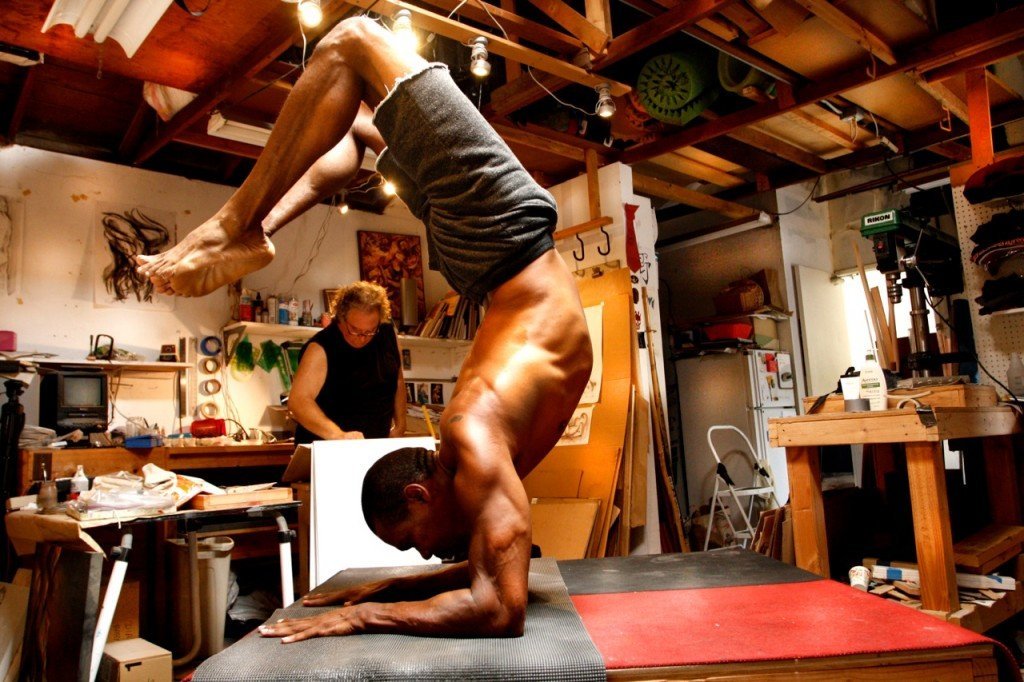
You studied art history; where would you place yoga photography in the canon of art over time?
I’d say first it is figurative. There’s a real sense of drama—it’s even biblical and mythical! I find that the idealism of Michelangelo’s work is a great influence for me. The intensity of yoga photography is almost like a Titian. You walk into the museum and you can’t not look. There’s something about that opening of the heart and reaching towards the heavens and a longing that is quintessential art. One of the goals of my pieces is that people can understand it and feel it on a cellular level without having any identification with yoga. These photos are for everyone.
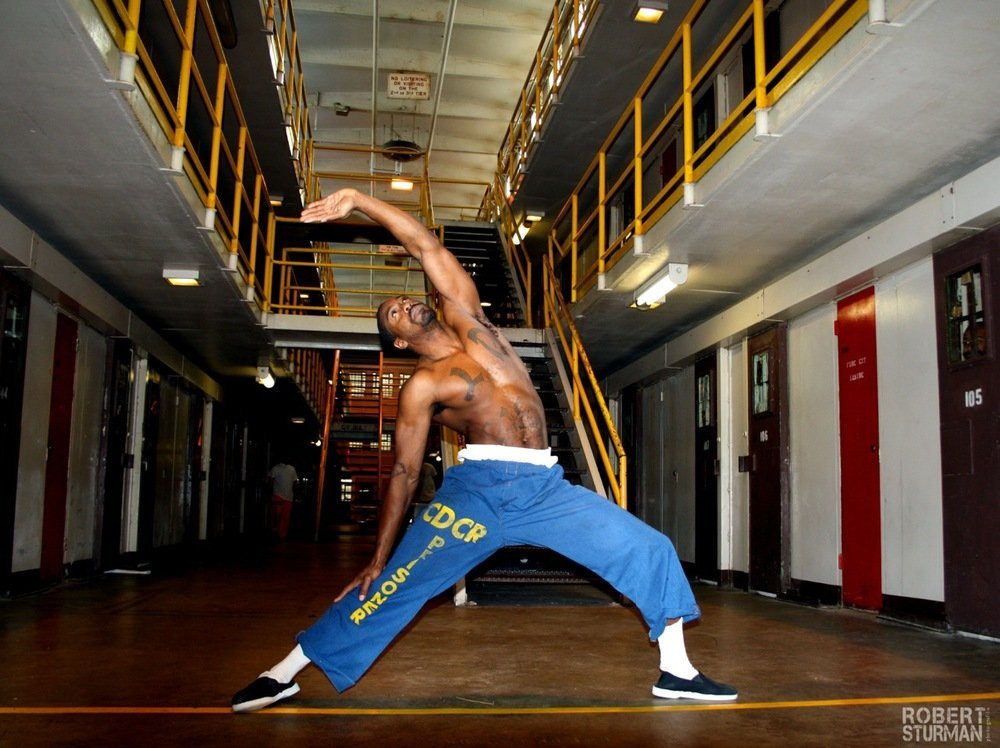
You’ve photographed some of the most famous and most advanced yogis all over the world. What was one particularly memorable experience?
I’m not really interested in who’s famous and who isn’t. But I can tell you that one of the most memorable experiences about the concept of being seen was the first time I was invited in to a prison yoga program. I photographed a class and then afterwards they asked me if there was an individual there who I’d like to go around and do a series with. I chose this one African American inmate who I really connected with. He had a bunch of really cool tattoos and we worked together all over the prison—behind bars, in classrooms, and more. After the shoot he said to me “Wow! I want to do that!” “What?” I asked. “Be a yoga model!” he said. It made me realize that no matter who I was working with, people loved being seen and being noticed, and I realized what this is really all about. I want people to know that they are okay. You are worthy! That’s the base foundation of what’s going on here. It changes lives to be you in that kind of light. You can become whatever you want if you see the possibility.
There has been a lot of conversation surrounding the glorification of asana at the loss of a deeper study of the practice. What are your thoughts on this?
People should do whatever inspires them, but this isn’t a part of what I do. I capture the beauty of the practice. What I want people to know is that even though someone might be putting out 100 pictures a month of them being “idealistically” beautiful, we should not get sucked into the belief that someone else is better than we are. That’s one of the things I love to do in my work: I love the challenge of putting literally anyone who doesn’t think that they are worthy of being celebrated or seen as a yogi or even as a human, and showing them that they are completely just as good as anyone else. I would love that! I think there is so much smoke and mirrors surrounding the imaging of the self, and I feel sorry and sad for people with a low self-image, something we all struggle with. People actually believe that someone else is perfect, but what they don’t see is that their posture of being is just as beautiful as anyone else’s. That’s what art does. It helps us to see how much beauty there is in everything all around us.


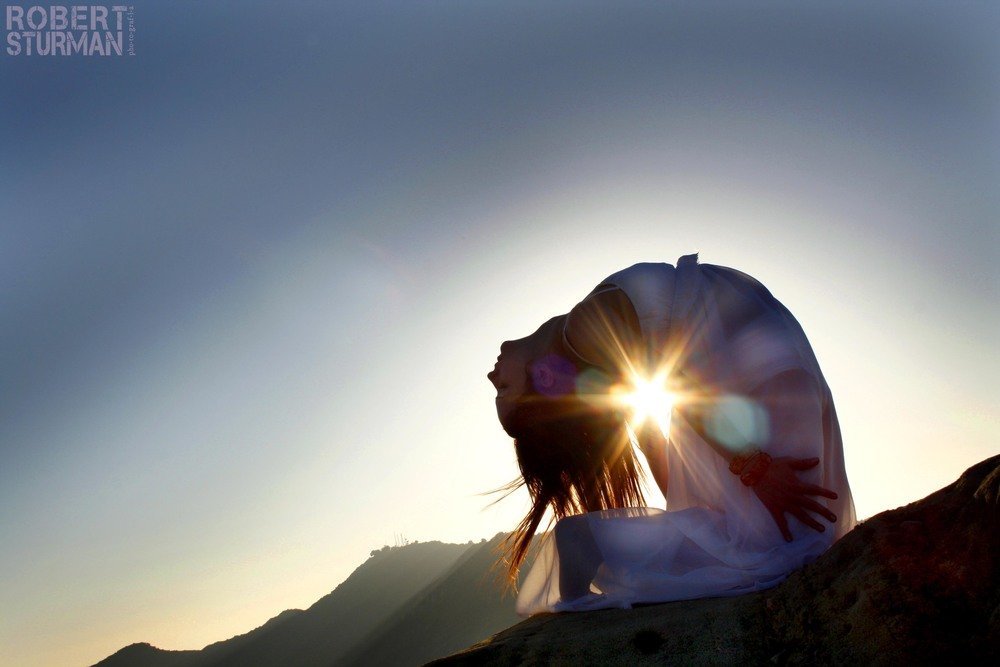
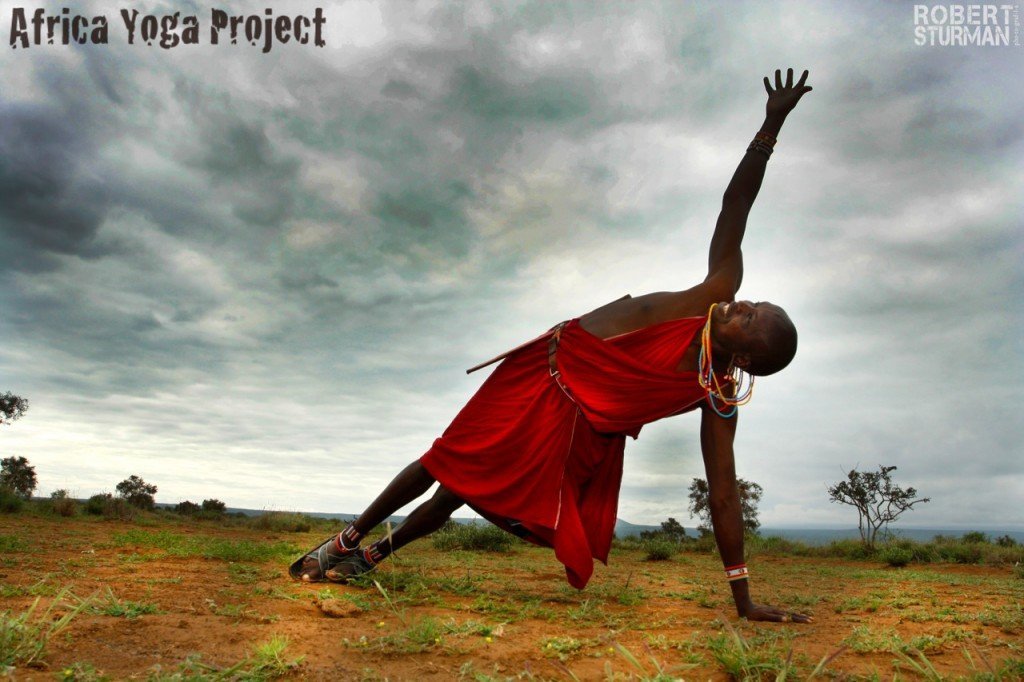
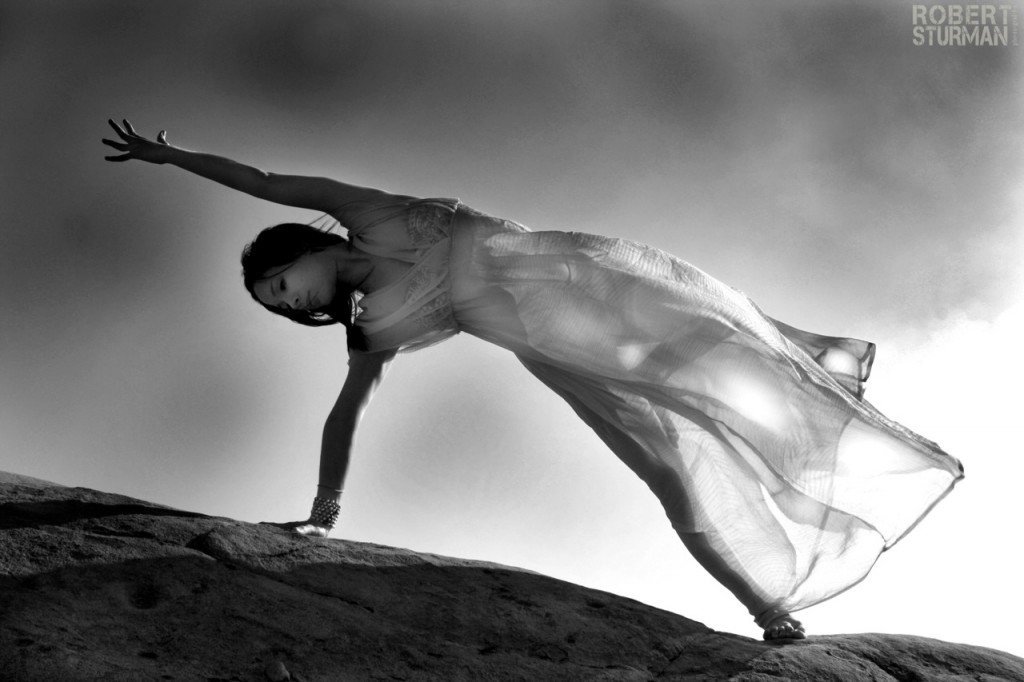
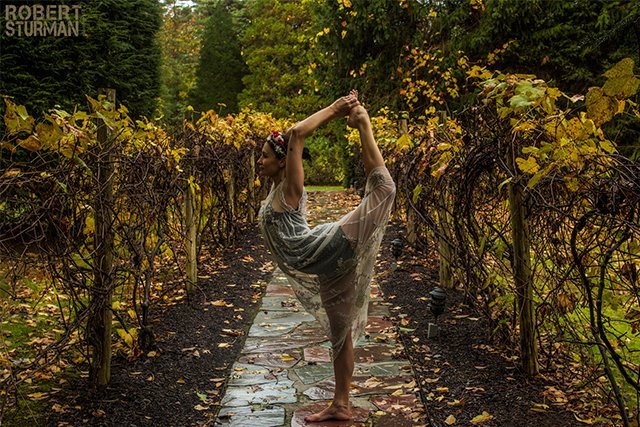






Comments (0)